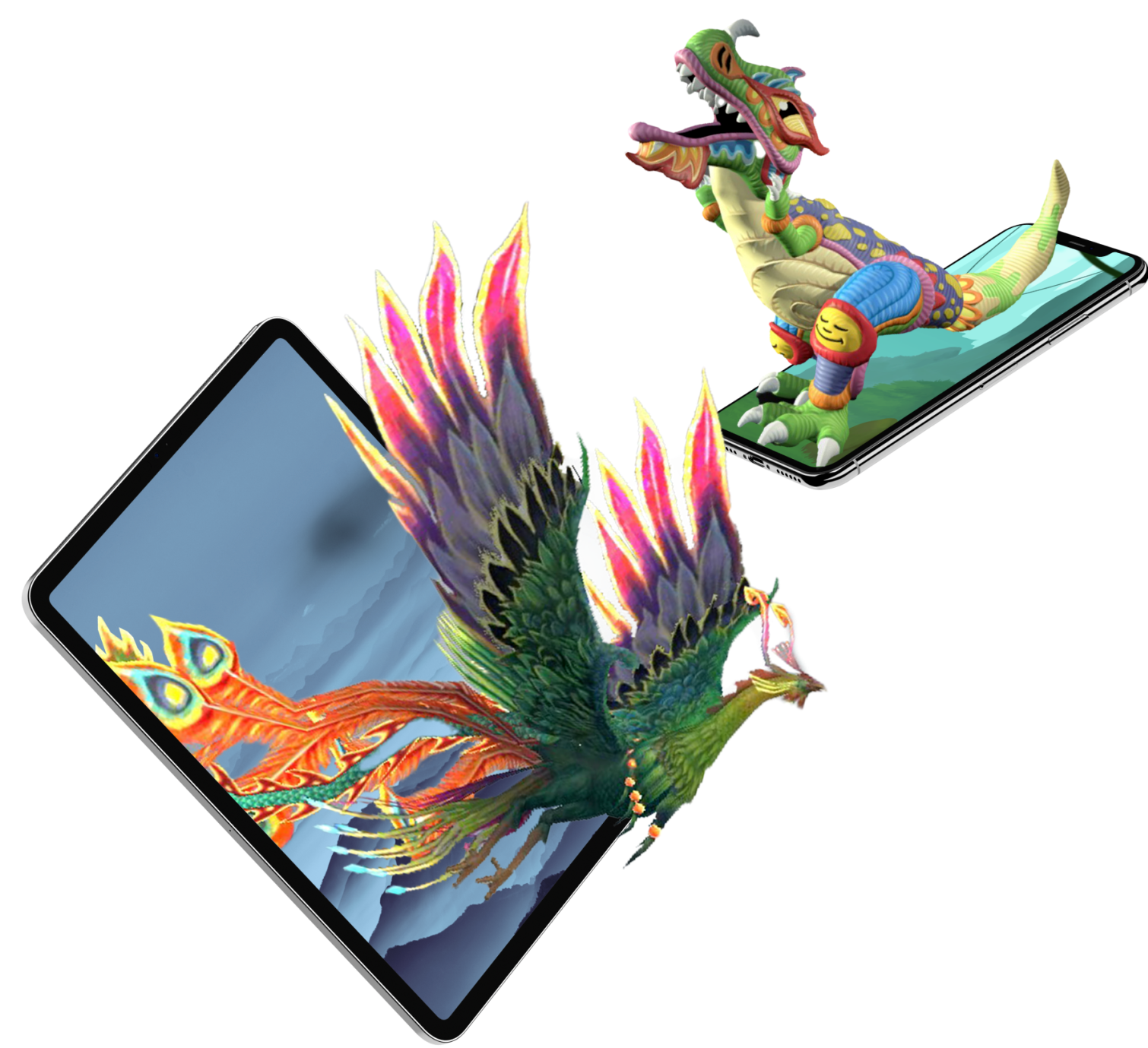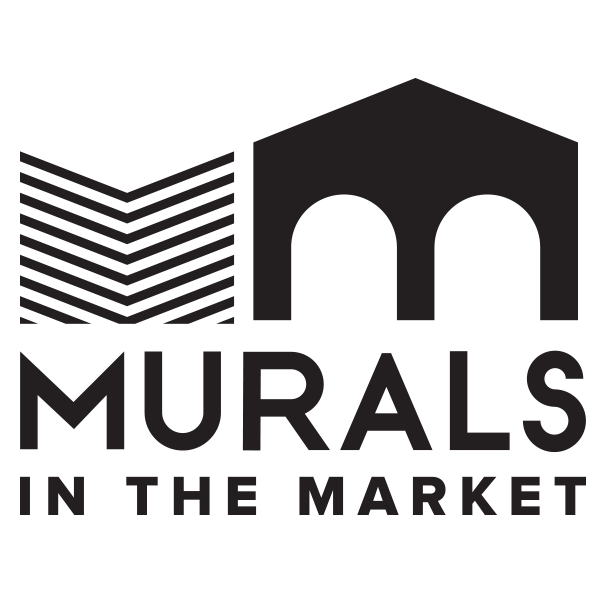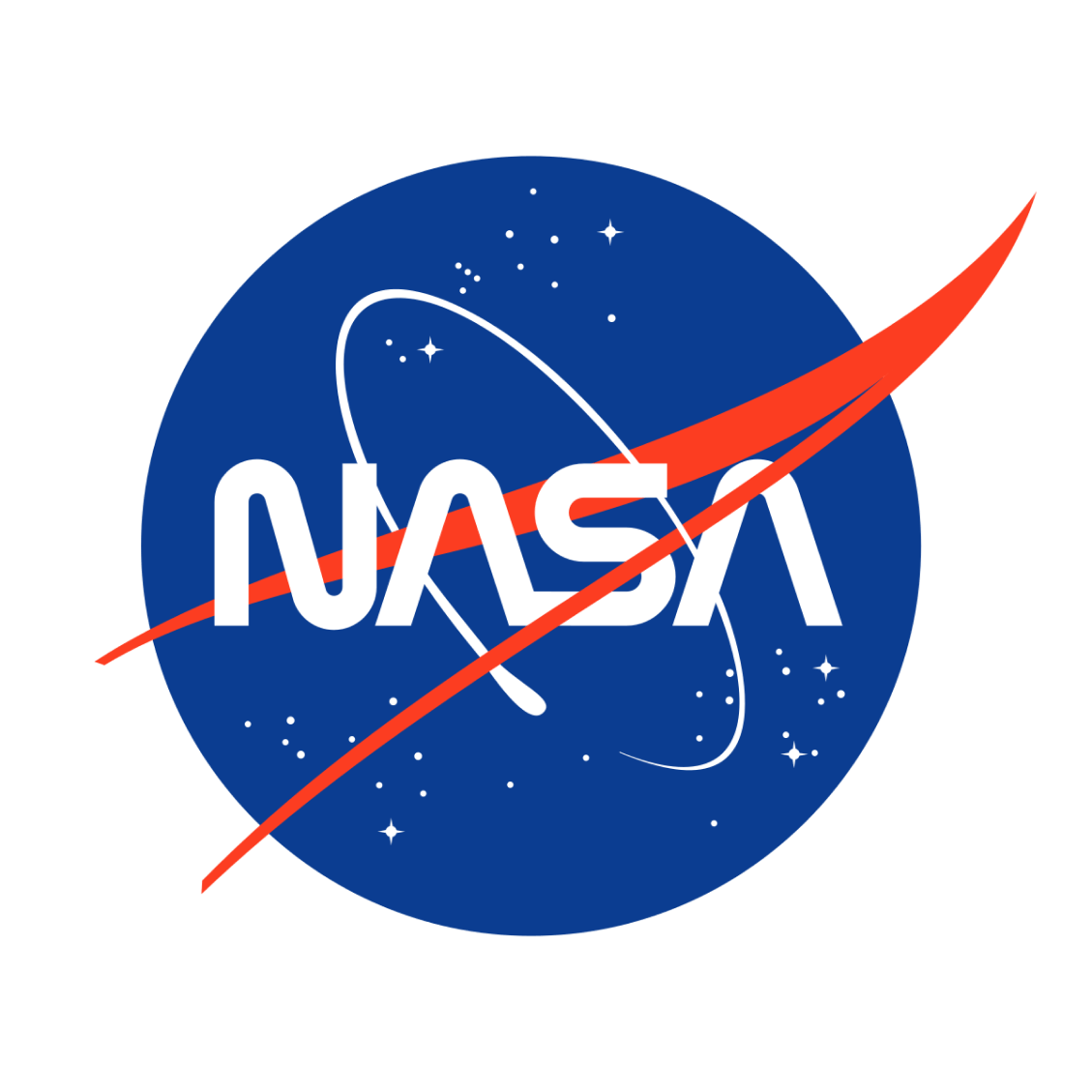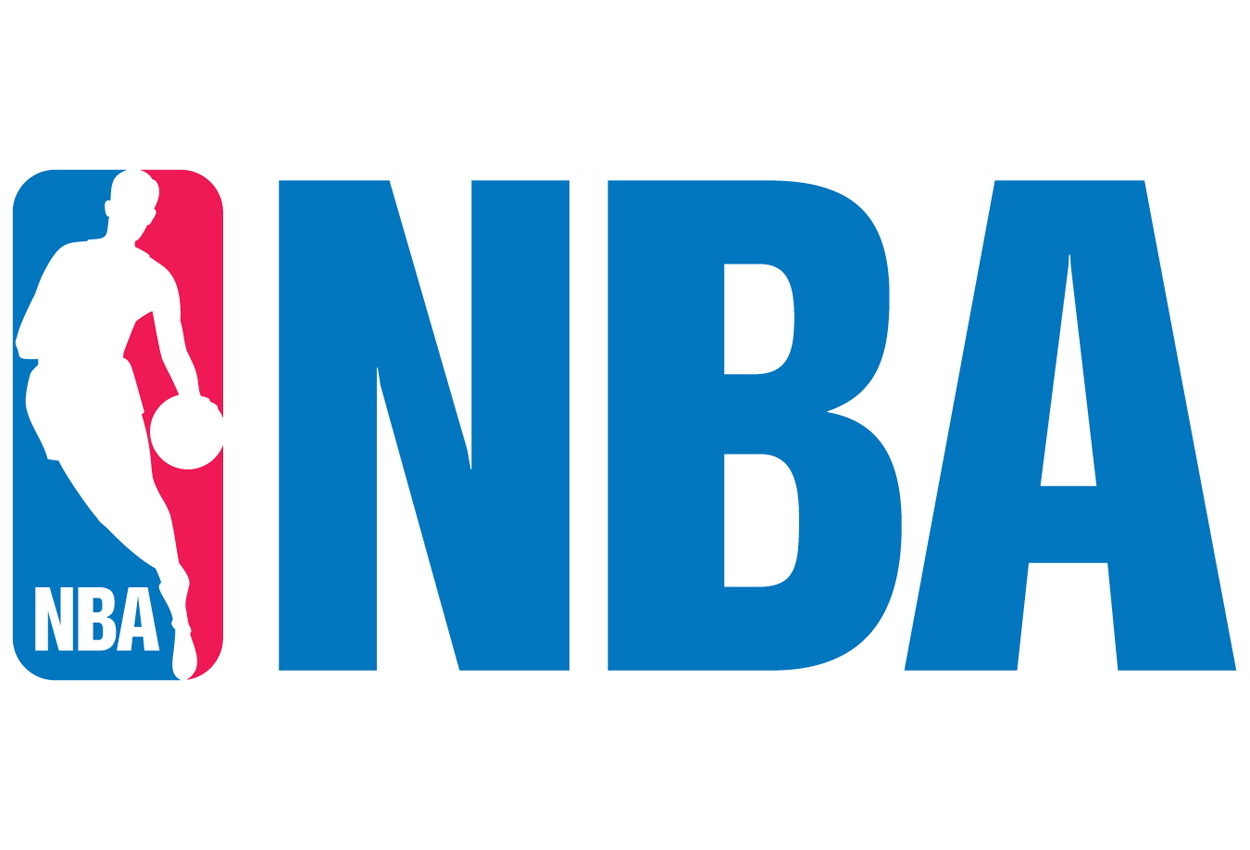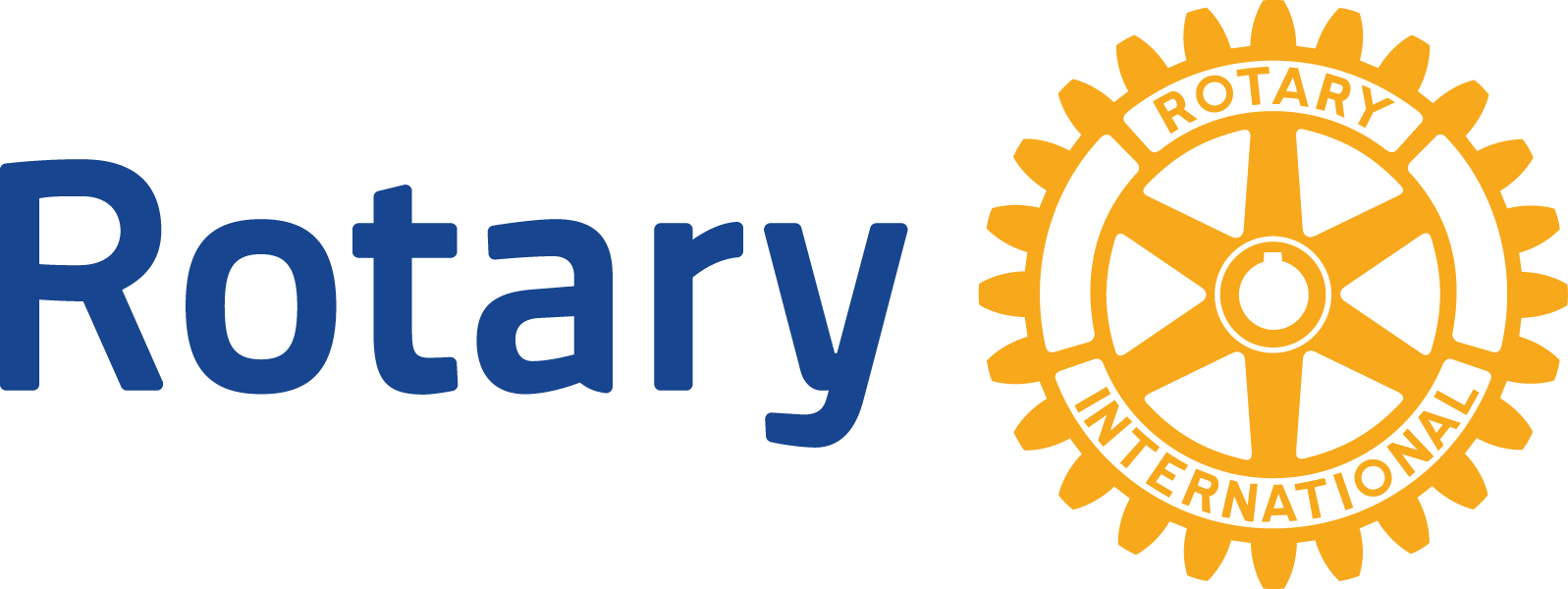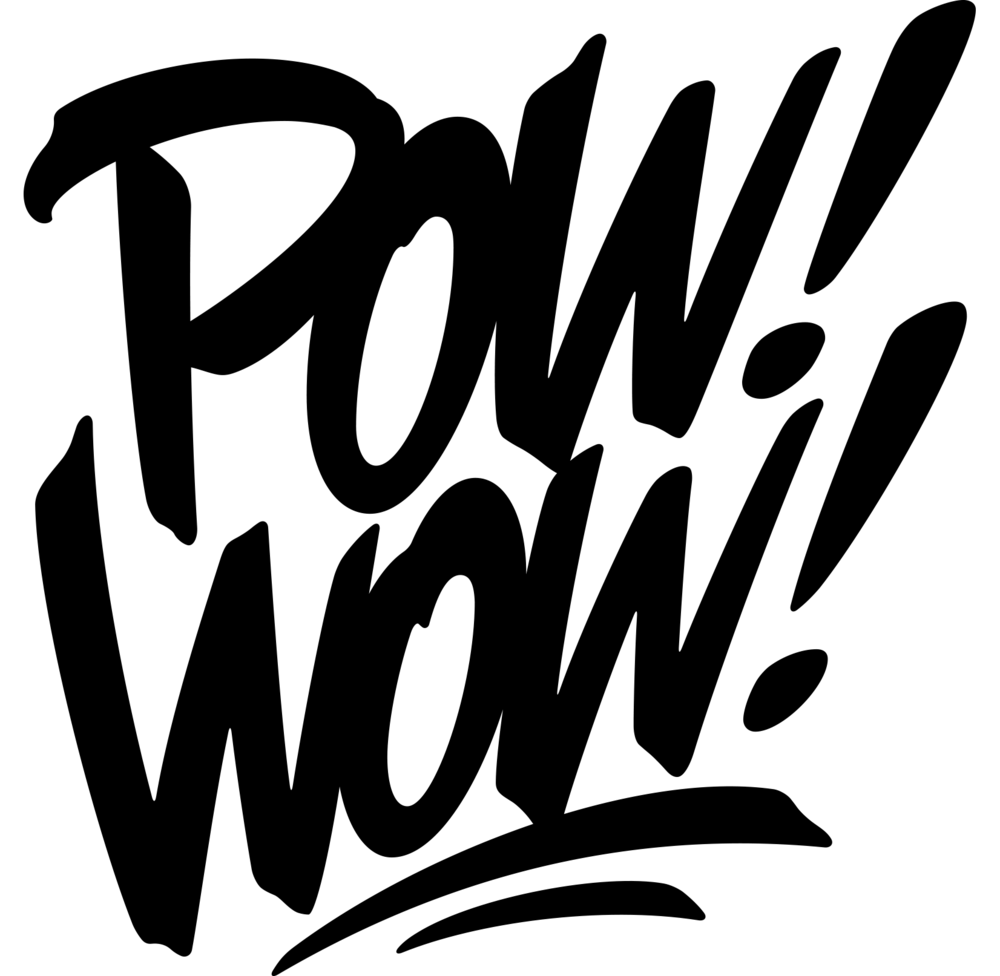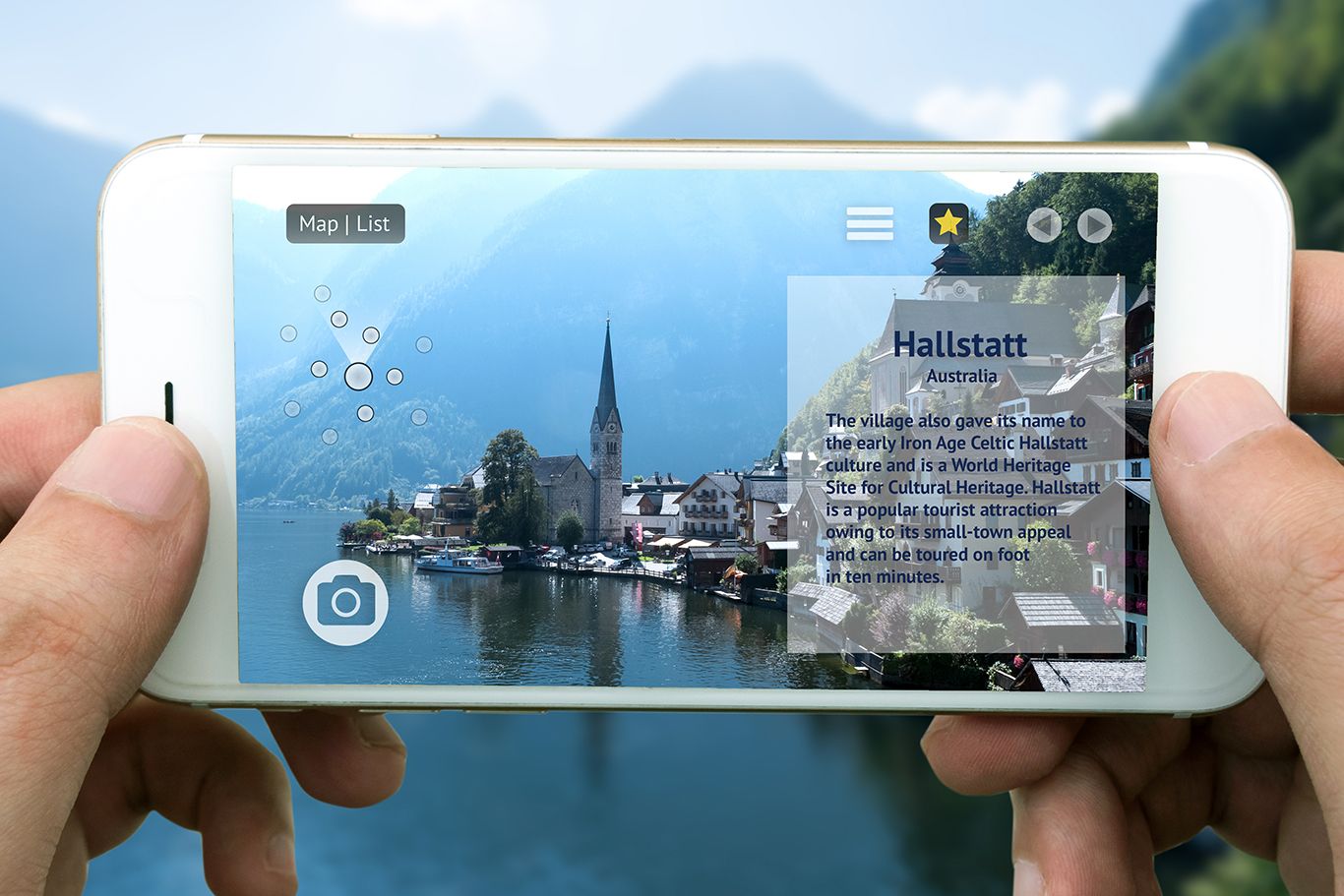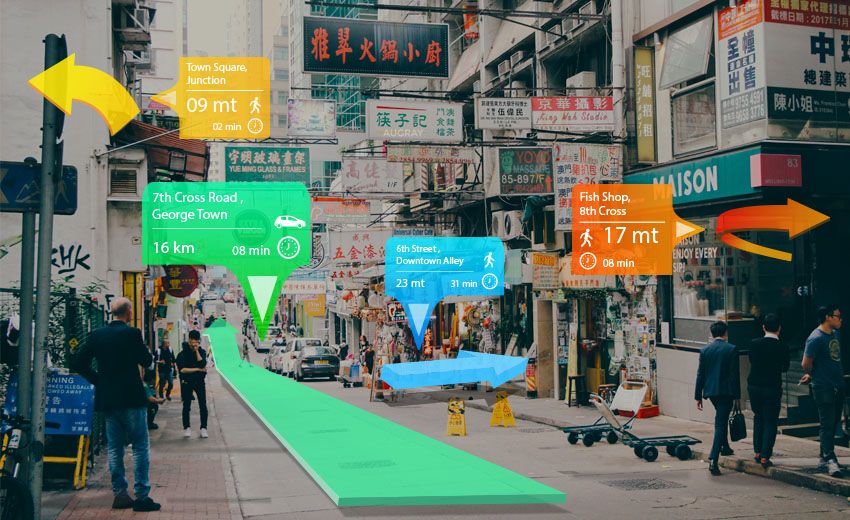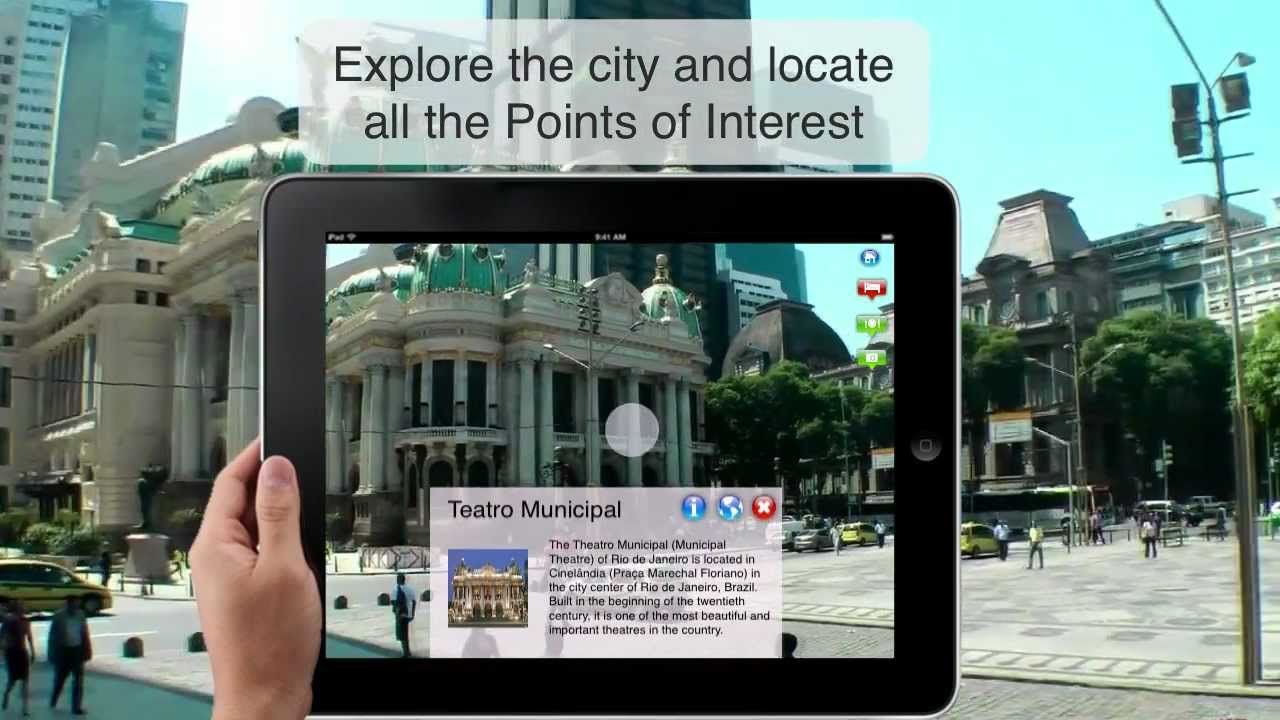Augmented Reality: the New Way to Experience Travel, Tourism, and Attractions
Scavenger Hunts, Virtual Tours, Wayfinding & Navigation
Augmented Reality
in Tourism
Augmented reality is poised to change the travel industry, and tourists are going to be the biggest beneficiaries. Imagine being able to see historical landmarks as they were in their heyday, or getting real-time information about your surroundings as you explore a new city. That's the power of AR, and it's something that is already starting to transform the way we travel. Tourists are no longer tethered to guidebooks and tour groups; with AR, they can experience a destination in a completely new way, that’s automated and personalized. And this is just the beginning – as AR technology improves, so too will the travel experiences that it can offer. So if you're planning a trip soon, keep an eye out for augmented reality offerings from your favorite destinations. It's likely that there will be more than you think!
Benefits
Here are some key benefits of using AR in marketing for travel, tourism, and attractions:
- Immersive Experience: AR allows for a more engaging and immersive experience for customers. Increased Engagement: AR can increase engagement and dwell time for customers at a destination or attraction. For example, an augmented reality scavenger hunt can encourage visitors to explore a location more thoroughly and discover new features they may have missed otherwise.
- Increased Visitor Satisfaction: According to a study by the National Science and Technology Development Agency, visitors who use AR in museums reported higher satisfaction levels than those who did not.
- Increased Social Media Shares: AR experiences are often shareable on social media, which can increase the reach and visibility of a destination or attraction.
- Increased Sales: By using AR to showcase a room or vacation rental, it can increase sales and bookings. This has been proven by a study conducted by the Technical University of Munich where it showed that hotels using AR technology to showcase their properties had a 20% increase in bookings. According to a study by Deloitte, "AR-enabled products have seen a 20-30% increase in conversion rates compared to non-AR products".
- Cost-Effective: AR can be a cost-effective way to provide a unique and engaging experience for customers, compared to traditional marketing methods.
- Increased Engagement: AR can increase engagement with customers and increase the time they spend interacting with a brand. For example, a travel company can use AR to provide virtual tours of a destination, allowing customers to explore a location in more detail and get a better sense of what to expect when they arrive.
- Cost-effective: AR can be a cost-effective marketing tool, as it allows companies to reach a wide audience without the need for expensive physical installations or set-ups.
- Personalization: AR can help companies to personalize their marketing efforts, by providing customized experiences that are tailored to the individual customer. For example, a theme park can use AR to offer a customized map of the park, highlighting the rides and attractions that are most relevant to the customer.
Drive Foot Traffic with Augmented Reality Murals
How It Works
Augmented reality is poised to change the travel industry, and tourists are going to be the biggest beneficiaries. Imagine being able to see historical landmarks as they were in their heyday, or getting real-time information about your surroundings as you explore a new city.
Ready to talk to an AR expert?
01
Discover
A Creative Director will work with you on vision & visual targets, short-term and long-term goals.
02
Design/Develop
Working with our internal partners, we start to plan out how the experience will work with the technology and platforms’ requirements.
03
Test
This stage is all about making sure the experience meets the Goals & KPIs and is working as intended without any breaking issues. Internal testing is done during this phase.
04
Publish
This stage is all about getting the client’s final approval of the experience. Client provides confirmation they are happy with the final output and ready to proceed.
